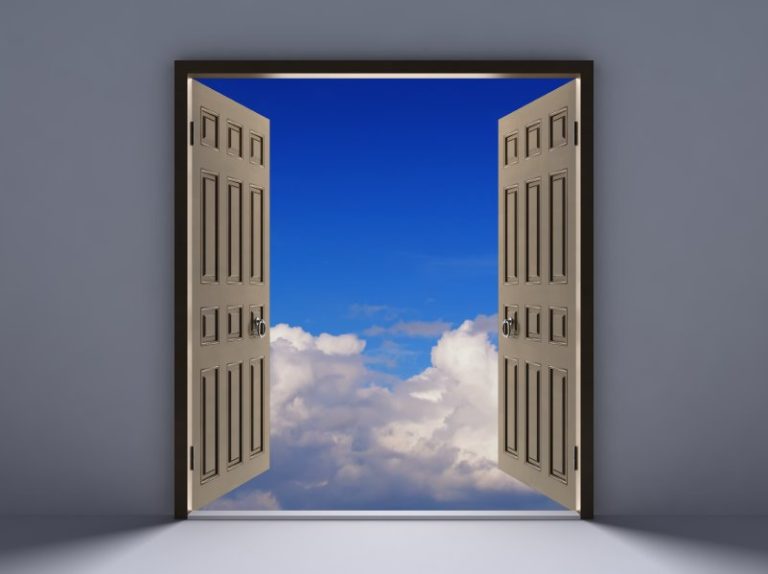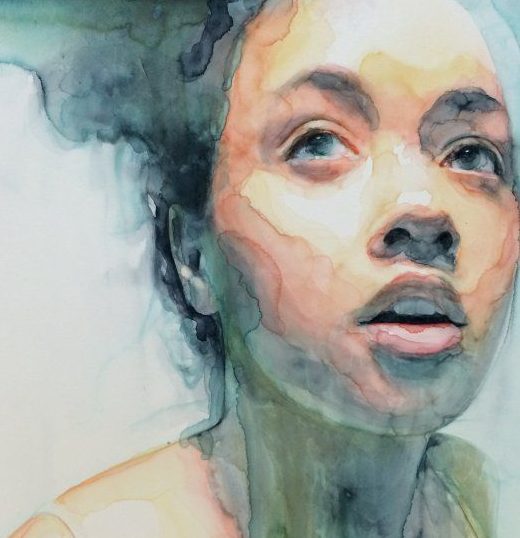Common POV Violations and How to Catch Them
Nailing proper use of POV (point of view) is a challenge for many fiction writers. It seems easy, right? Whoever…

Nailing proper use of POV (point of view) is a challenge for many fiction writers. It seems easy, right? Whoever…

Fiction writers know all about POV, and in current novels, going deep is the ticket. But there are times when…

Deep POV is all about readers experiencing sensory details through a character. Writers know they need sensory details in their…

We’re taking some time to look at deep POV, mainly because I see violations running rampant in the manuscripts I…

Writers hear a lot about point of view and, in particularly, deep POV. What is deep POV? It’s being inside…

I hope you know why it’s so important to craft a terrific first page. Surely if your first page is…

One of the most important decisions a writer has to make is regarding what POV she will use for her…

We began this series on masterful writing last week by taking a look at James Lee Burke’s wonderful character descriptions….

In last week’s post I introduced the POV shot used in movie scripts. In a screenplay, when a POV shot…

Subscribe to my email blasts to level up your writing and be notified of upcoming events and offers!
No products in the cart.